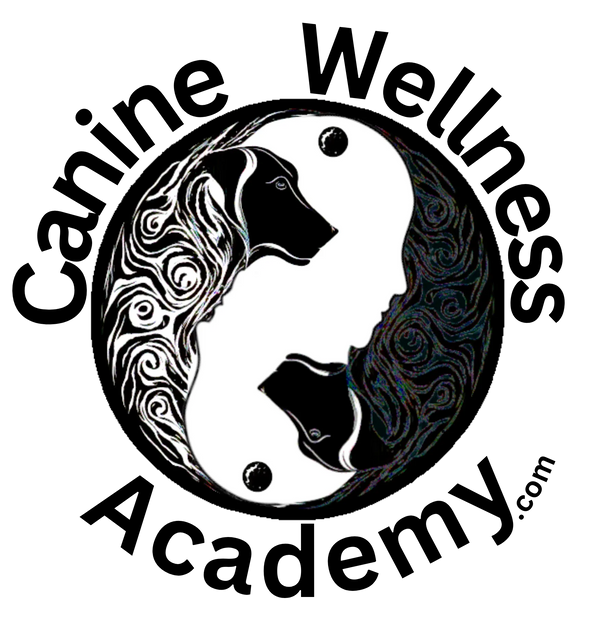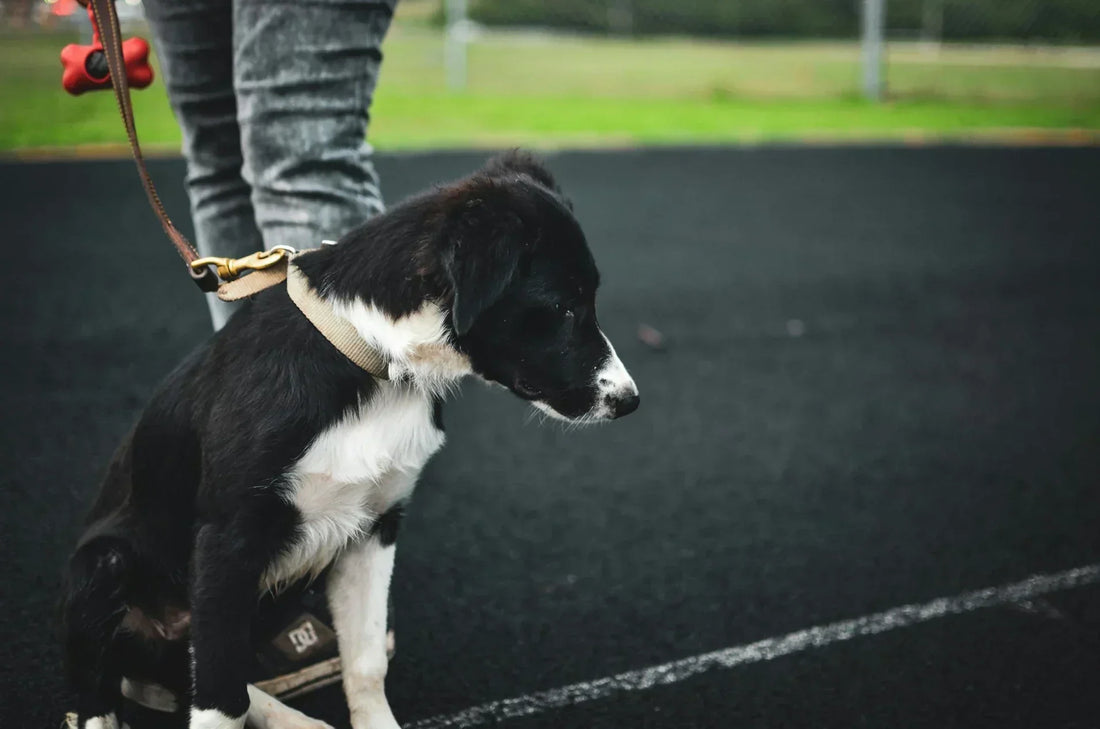
You imagined walks would be calm bonding time. Instead, your dog is lunging at bikes, barking at other dogs, or freezing at random trash cans. If you’ve ever asked yourself, “why is my dog reactive on walks?” This article is for you. Leash reactivity looks dramatic, but at its core, it’s about stress, energy, and trust.
Here’s the key: your dog isn’t ignoring you. They’re overwhelmed. And when you notice how leash pressure, human tension, and everyday triggers collide, the whole picture starts to click.
Why the Leash Changes Everything
At home or in a fenced yard, your dog has choices. On leash, those choices vanish. They can’t move away when they feel unsure. That frustration or panic often comes out as barking, lunging, or pulling.
Think of the leash as a pressure cooker. Add in a crowded sidewalk or an oncoming dog, and the “steam release” is often an explosion of noise and energy.
Your Energy Shapes Their Reaction
Picture this: you see another dog across the street. You hold your breath. Your shoulders rise. You wrap the leash tighter. Without a word, your dog reads your body language as, “Something’s wrong.” They react bigger, which makes you tense more, which keeps the cycle going.
Breaking that loop starts with you. A softer grip, a slow exhale, or even saying, “We’re okay,” in a calm tone sends your dog a completely different message.
Common Triggers You’ll See on Walks
- Bikes & scooters: Fast movers flip your dog’s “chase” switch. Step to the side early and calmly feed as they pass.
- Other dogs: Many dogs struggle within 15–20 feet. Cross the street or arc wide. Reward a check-in back to you.
- Narrow spaces: Doorways, alleys, and busy sidewalks make escape impossible. Pause, breathe, and walk through together with slack in the leash.
- Random objects: A trash can, fluttering bag, or new sign can spark a stare-down. Let them look, then pay for the glance back at you.
Trust Is Built One Walk at a Time
Walk trust doesn’t come from tighter control. It comes from small, predictable wins. When your dog learns you’ll notice their stress early and give them space, they start to relax into you.
- Look-and-return: Let them notice the trigger. Pay the moment they look back at you.
- Arc your path: Avoid head-on approaches. Soft curves feel safer.
- Sniff breaks: Sniffing lowers arousal. Build them in after a tough moment.
- Short and successful: Ten calm minutes beat forty stressful ones.
Journaling Helps You See the Whole Walk
Most of us only remember the meltdown. Journaling shows the full story. A two-minute reflection after each walk reveals patterns you can use tomorrow.
Try This 3-Part Walk Reflection
- Before: How was my dog’s body language leaving the house? How was my mood?
- During: What was the first trigger? How close were we? What did I try?
- After: How long did it take to settle? What was one small win?
Behavior Reflection Pages
The Better Dog People Workbook includes Behavior Reflection Pages designed for exactly this kind of walk tracking. Instead of guessing, you’ll see real patterns: time of day, distance, your energy, and your dog’s responses. That’s how small daily notes turn into big progress.
Walks Don’t Have to Be Battles
If your dog is reactive on walks, it doesn’t mean you’re failing. It means they need more safety, rhythm, and trust. Every time you soften your grip, give them space, or note a small win, you’re teaching them the walk can feel good. It’s not just about exercise. It’s about connection on the leash.

